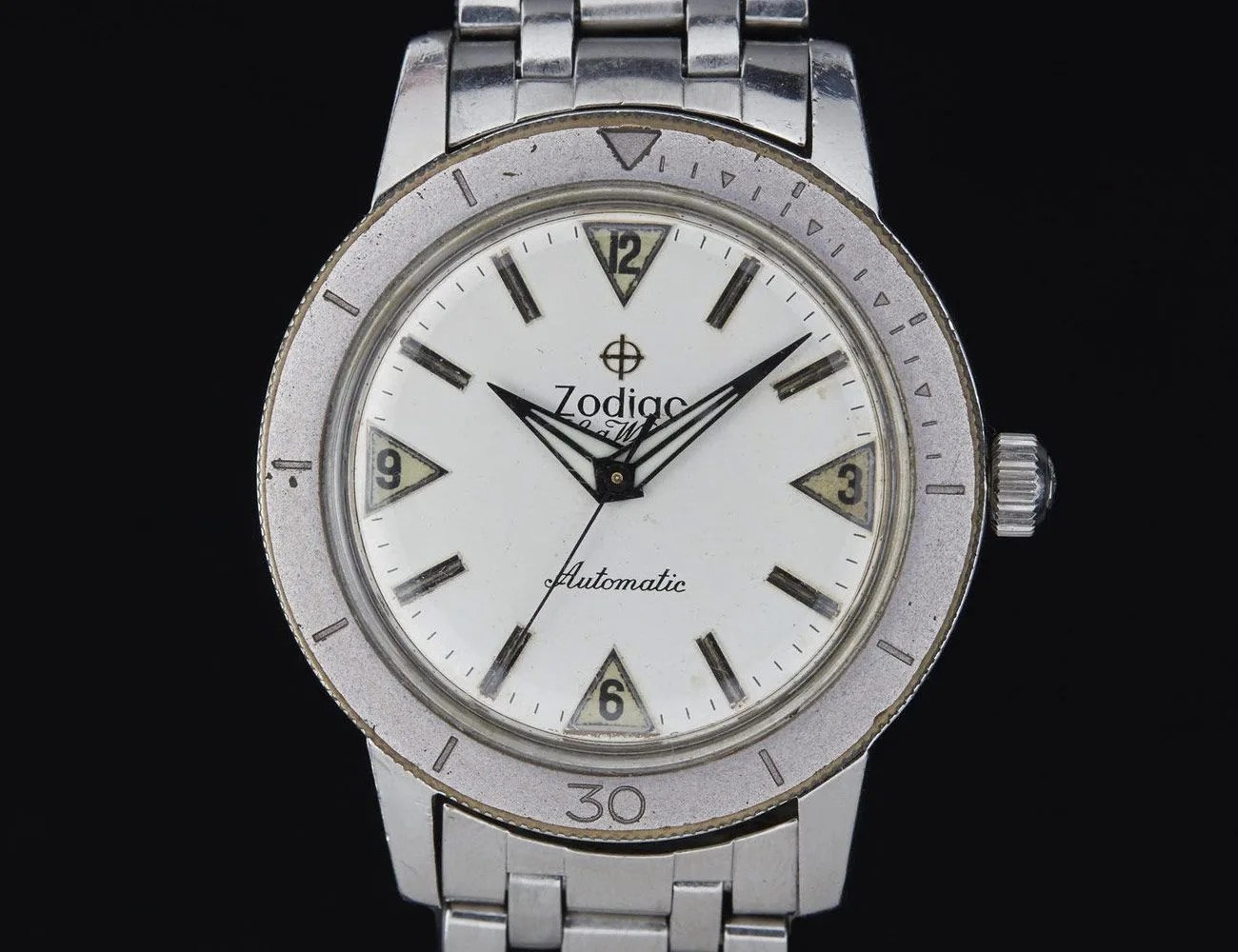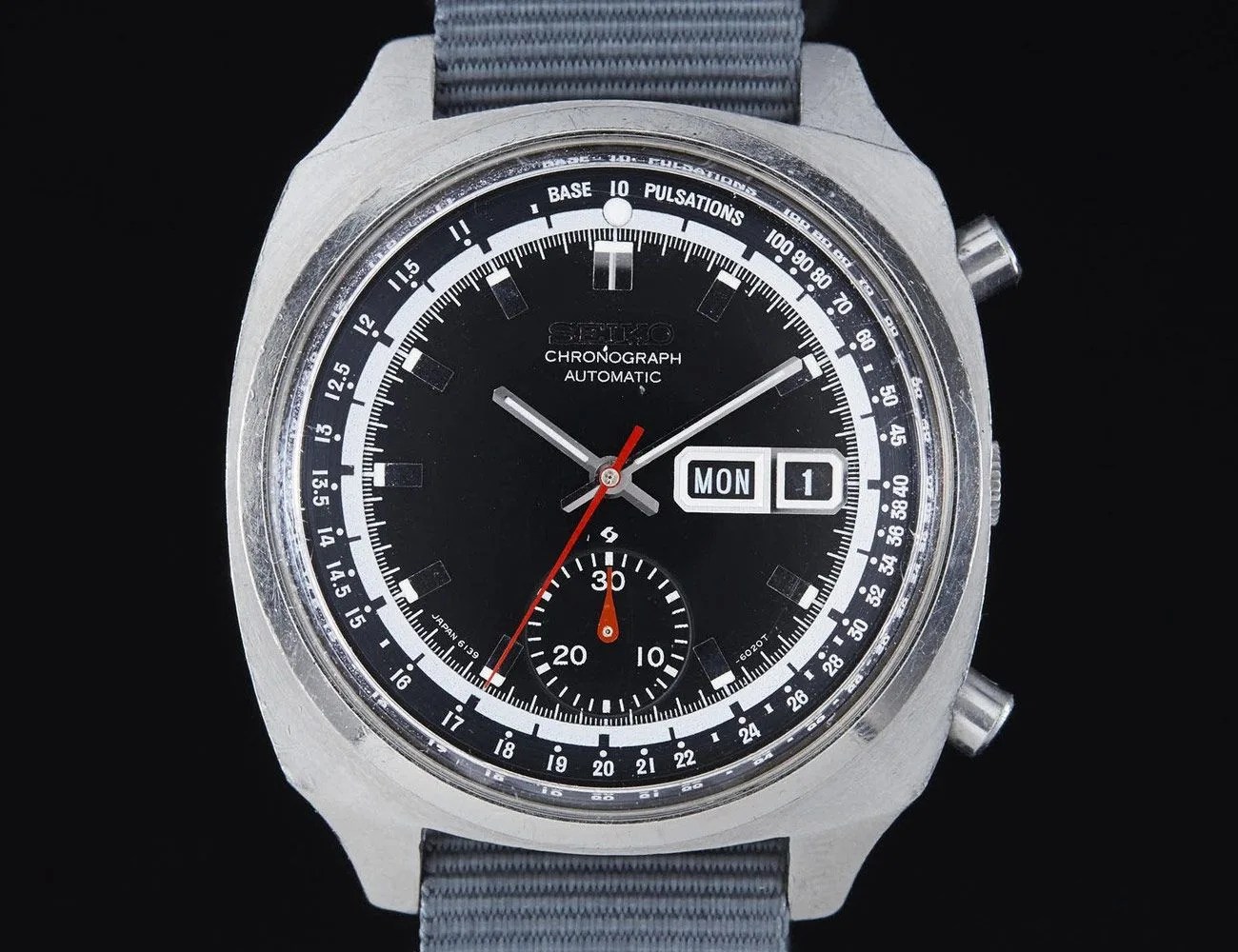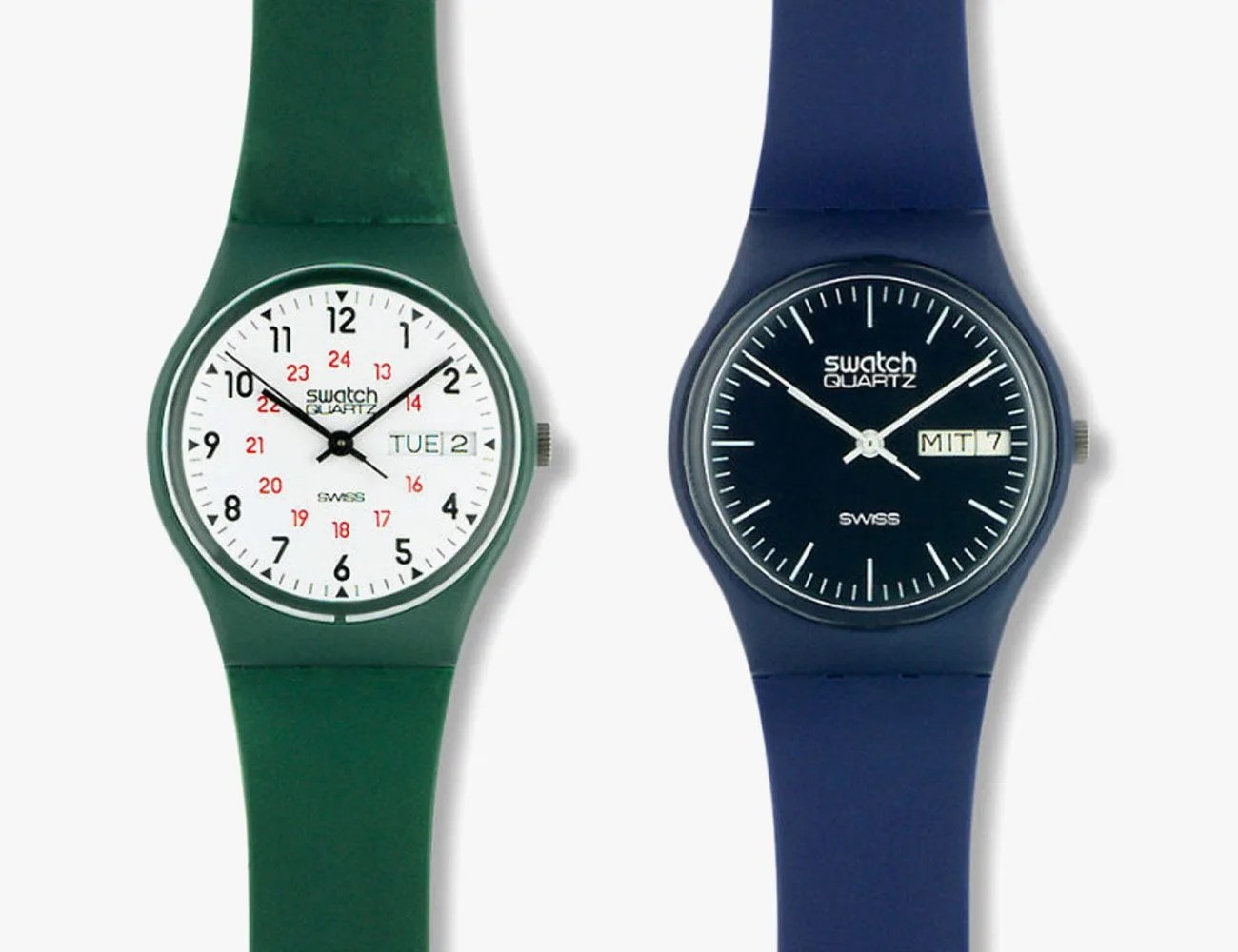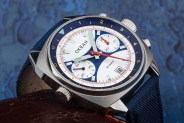Watchmaking history is filled with firsts and milestones, and you usually need to pay up for that. The Seiko Astron, the world’s first quartz watch? Expect to pay a few grand. As for the original El Primero, one of the first automatic chronographs? Well, those can go for over $10,000. The early Rolex Submariner, one of the first dive watches in the world? Try more than $100,000.
There are, however, a handful of watches that had big impacts on the industry, yet their achievements go ignored. Did you know that Girard Perregaux perfected the quartz watch and you can buy it today for a fraction of the Astron’s price? Or that the El Primero’s designation as the first automatic chronograph is not only contentious but that one of its rivals sells for a few hundred? To enthusiasts who want a piece of horological history, these unsung heroes offer up an affordable alternative, often selling for well under a grand.
Tissot Antimagnetique
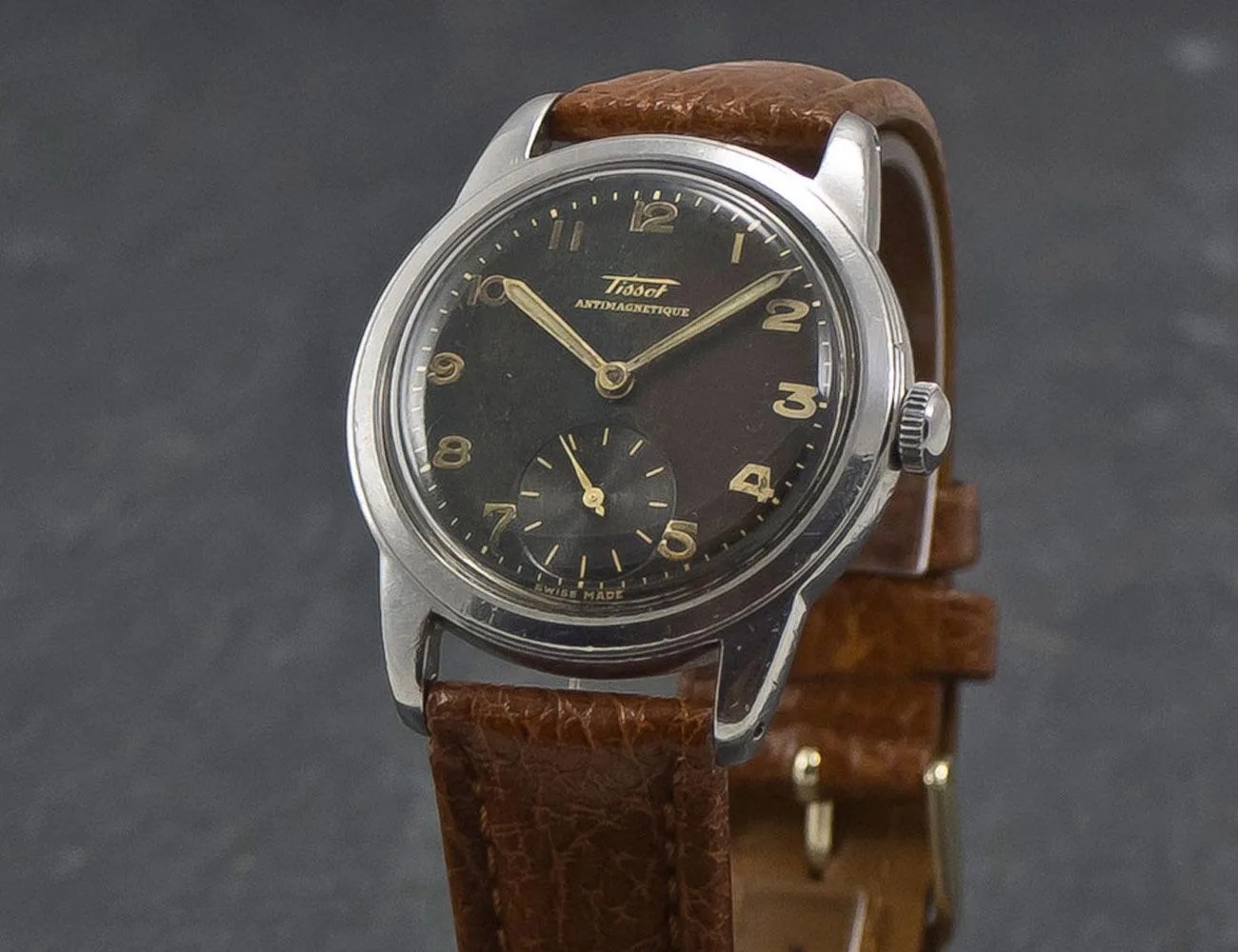
Image Courtesy of WristChronology
The first anti-magnetic wristwatch: When a watch’s balance spring encounters a magnetic field, it has the potential to become magnetized, thus sticking to itself and making the watch run drastically quicker than normal. Today this is a problem most watchmakers have easily solved, but back in 1930, when Tissot introduced the Antimagnetique, it was significant. The Antimagnetique is considered the world’s first mass-produced wristwatch to offer some protection against magnetic fields, and it did so thanks to a nonferrous palladium escapement. The watch was produced in many variations until the 1950s, and as such, they can be found affordably on the vintage market, starting around $300.

